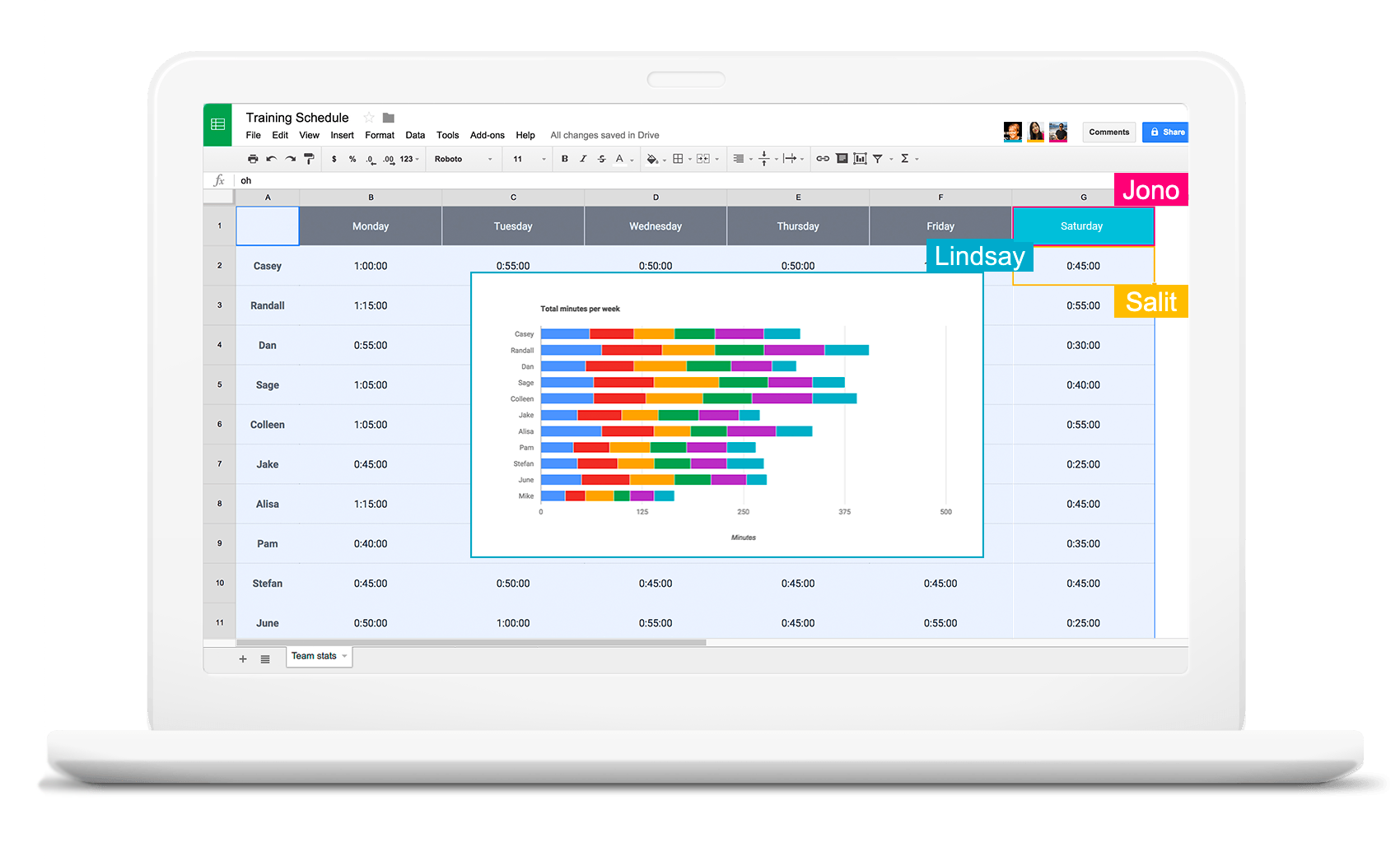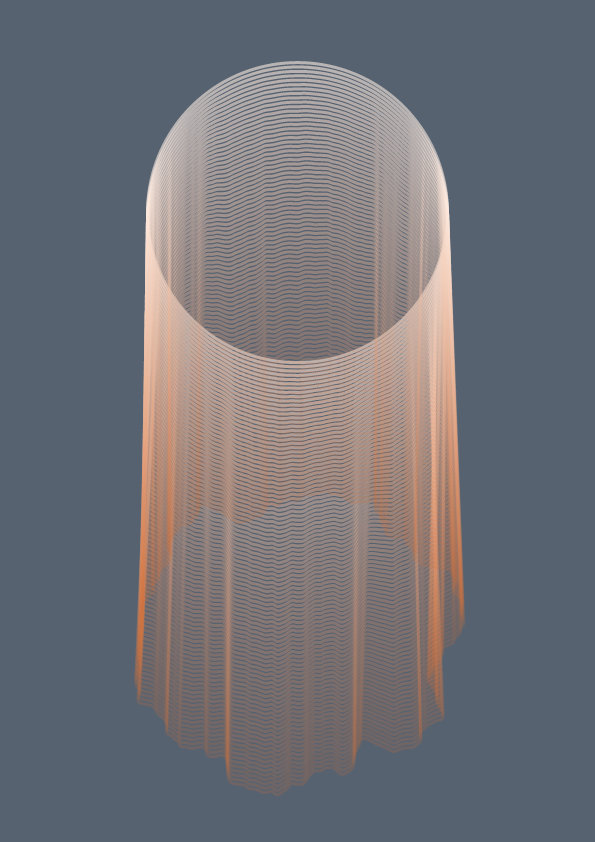Tenday Notes 22-31 March 2020

Every ten days I share a quick digest of what I've been working on. Here's the latest. You can find more in the series here.
Ruby is a programming language that I've never needed to know before, but now that I'm digging into Sonic Pi for my Loud Numbers data sonification project, I'm starting to realise that I could do with learning the basics. So I've been running through the Learn Ruby tutorial on Codecademy.
I never thought I'd be the kind of person who has OPINIONS about different coding languages, but it turns out I do. So far, I'm liking Ruby. It's simple - I like the ability to put an ! after a method on a variable to replace the original variable. I like how true/false methods are labelled with ? marks. I think I like the unless statement, but it breaks my brain a bit sometimes. I'm not wild about the difference between print and puts, or the need to write end to get out of a code block.
So far, so good though. Once I've got some sonification code to share, I'll post it here.
Edit: I just discovered you can use {} to define a code block instead of do/end. Nice!
There was a great piece by Kevin Roose in the New York Times last week, which has only just filtered through the streams to reach me.
It's about how Covid-19 has forced us to use the internet in the way it's supposed to be used - "to connect with one another, share information and resources, and come up with collective solutions to urgent problems". It makes the case that social media is returning to the good old days when it was used for good and misinformation was both uncommon and quickly quashed.
But my favourite bit is this, on how to get the most out of the web right now:
One thing we know for certain is that actively participating in online culture is far better than passively consuming it. Research shows that people who use social media actively — by sending messages, leaving comments or talking in group chats, for example — report being happier than those who simply scroll through their feeds, absorbing news stories and viral videos. Netflix binges and YouTube rabbit holes are fine for escapism, but if you’re looking to find solace on the internet, lurking alone won’t cut it — you need to contribute.
The whole article is great and you should read it.
Speaking of good things on the web, I also loved reading Robin Sloan's latest post "The thing about blogging is...".
He writes:
The thing about blogging is, you can just write about the things you love. A “professional” “critic” (scare quotes because who even knows what words mean anymore) has to do something else, something more difficult: manage a kind of unfolding… aesthetic… worldview? Balance one thing against the other? A blogger suffers no such burden. A blogger can simply love a thing and write about it.
To that end, I've written an appreciative yawlp about Google Sheets - the latest in my Tools I Love series. You can read it here:

The size of my perceived need to own a plotter continues to grow. This is the not-entirely-untintended consequence of following a bunch of very good generative artists on social media - now, when I load Twitter, it's full of beautiful generative art, not just coronavirus doom.
I've long subscribed to the idea that you should follow people you want to know, as opposed to just people you know, on social media. But it takes a while for that change to actually happen and I feel like I'm finally approaching that tipping point where I've followed enough sources of positive energy / unfollowed enough sources of negative energy.
Back to the plotter, I've made a deal with myself. To get the most out of it, I'm going to need to know how to make generative art on a technical level, so I've made a savings account and I put €10 into it every time I make a new generative sketch that I'm proud of. Fifty sketches later and not only will I be able to afford the plotter, but I'll also be a substantially better generative artist with a habit of actually creating things. A win-win-win situation.
Still want one NOW though, damnit.
Noise is interesting. In 2011, I wrote an article about it for Wired, going through all the different colours of noise: white, punk, blue, grey, red and - yes - even brown noise. They're used in all kinds of different situations, and Wikipedia has some audio samples if you want to hear them.
Truly random numbers bear no relation to each other. But in nature we rarely see this - instead we see gradual change. This is where Perlin noise comes in - it's a way of generating random numbers which are close to the previous number you generated. If you generate a five, for example, the next number you generate is more likely to be a four or a six, than a two or an eight.
This can be used to create shapes and movements which appear much more organic. Instead of the static mess of white noise, Perlin noise gives you clouds and clumps. Still random, but with structure. To demonstrate this, here's a little bit of generative art I made which I call Mountain Drive.
The foreground and midground are perlin noise curves - they change slowly and gradually. The stars in the background, however, are placed truly randomly. They don't clump up (In reality stars do clump up, of course - into galaxies, but we don't see that from our perspective).
Stepping back, I love how the mathematics of noise can create such a calm and quiet experience. Sit and watch it for a while. It's a nice respite from the madness of the web right now.
I contributed a little to this list of dataviz recommendations to read, watch and listen to during the quarantine, from Nightingale, the journal of the Data Visualization Society.

Things are still weirdly normal in Sweden. I took Laika out to the dog park today, and the car parks of the big box stores I walked past were all full. No one seems to have been put off by the ban on gatherings of more than 50 people.
All the foreigners I speak to are very concerned. All the Swedes I speak to are very chill and in some cases even quite defensive about the government’s approach. Several have mentioned the need to not harm the economy any more than necessary.
In the meantime, I’m trying to stick to my policy of not entering enclosed spaces any more than absolutely necessary. It’s been two weeks so far. Like the changes I’ve made to my life to lower my environmental impact, it feels like such a tiny contribution to the greater good. But it’s all that I can do.
I’ve spent a big chunk of time recently perusing a database of every bit of EU law since 1952, and uncovered some interesting results.
My goal was to see how the laws being made have changed over time, so I’ve been searching through for keywords. It's a bit like fishing, throwing a keyword into the database and seeing how many results come back for different years.
Coal for example, shows up substantially in the EU’s earliest days (because it started life as the European Coal and Steel Community). Climate only shows up in the last decade or so. Aid is a huge part of EU lawmaking in the 2000s, but vanishes with the financial crisis.
The plan is to weave all this data into a complex orchestral sonification for Loud Numbers, but we’ll have to see how well that works in practice.
I created another generative art piece that I'm pretty proud of (more cash in the fund!). It's a replica of a number of pieces that I've seen elsewhere, but the fact I could figure out how to do it on my own is very heartening to me. Getting to the point where I'm able to create things that are truly beautiful is really exciting.

Finally, I'll leave you with the news that technology studio IF has published a manifesto for Society Centred Design. In their words:
20th century approaches like design thinking, human-centered design, and jobs to be done too often look at people solely as individuals. Or, worse yet, only as consumers. They don’t consider people in relation to their communities or to wider society. And society itself is ignored by design.
We want to move beyond human-centered design to society-centered design. We must design for the collective. We must design for society.
I've signed up, because I wholeheartedly agree that focusing design on individuals can have wider negative consequences for society. Being more intentional about considering the bigger picture in the design process will help us strengthen our social contract with both other humans and the wider world.



